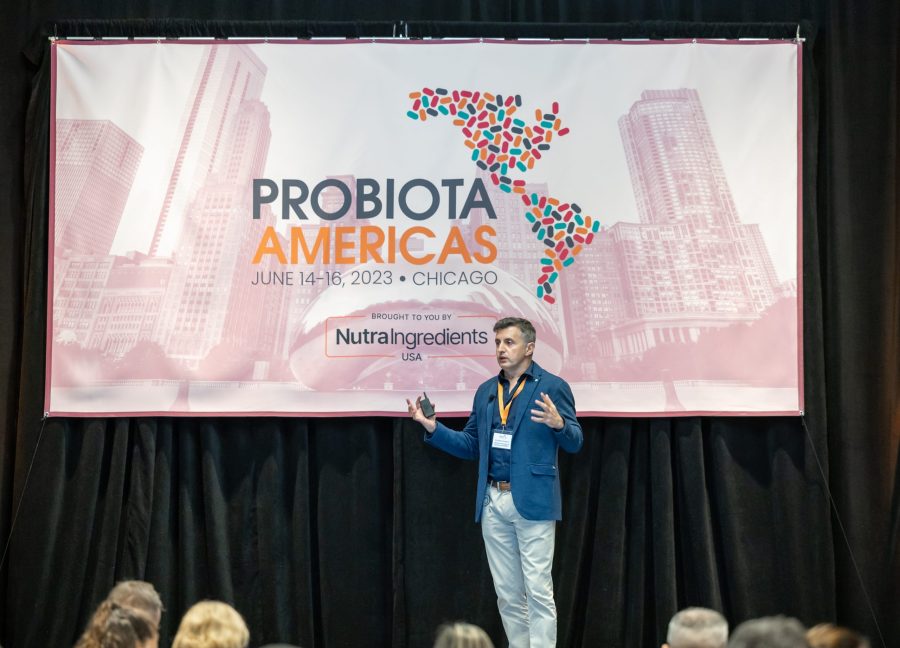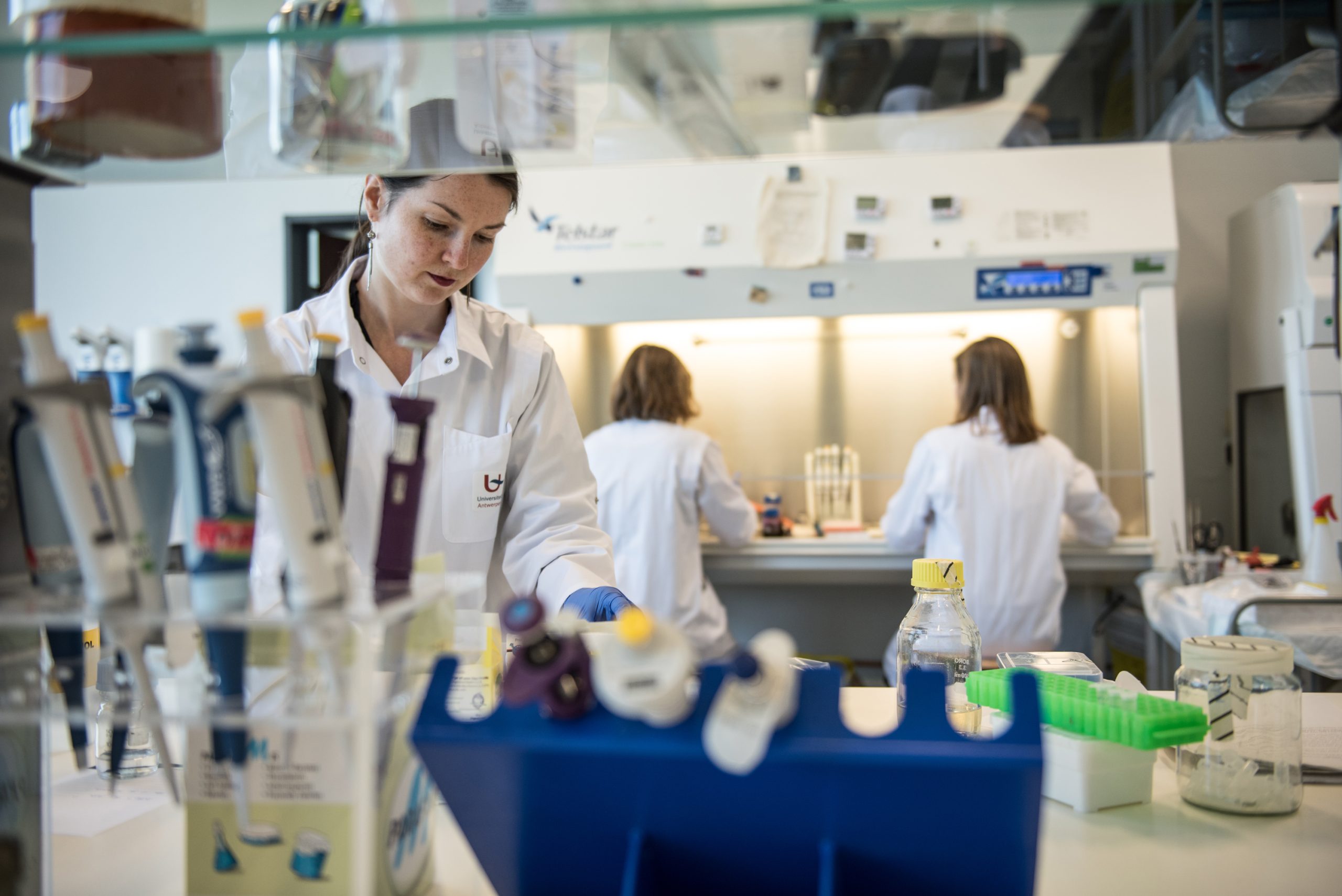1-9 of 9 results
-
ISAPP elaborates criteria for prebiotics
Co-authored by Prof. Bob Hutkins PhD & Prof. Karen Scott PhD Nearly one in four Americans say digestive health is… -
Postbiotics: A global perspective on regulatory progress
By Dr. Gabriel Vinderola PhD, CONICET, National University of Litoral, Argentina While the conceptualisation of postbiotics varies among scientists, some… -
Clarifying the role of metabolites in the postbiotic definition
By Dr. Gabriel Vinderola PhD, Instituto de Lactología Industrial (CONICET-UNL), Faculty of Chemical Engineering, National University of Litoral, Santa Fe,… -
Postbiotics: debate continues and the ISAPP definition gains support
By Dr. Gabriel Vinderola PhD, Instituto de Lactología Industrial (CONICET-UNL), Santa Fe, Argentina The publication of a new definition for… -
What does “gut health” mean?
By Prof. Maria Marco PhD, University of California – Davis Probiotics and prebiotics are frequently marketed to consumers for their… -
Follow up from ISAPP webinar – Probiotics, prebiotics, synbiotics, postbiotics and fermented foods: how to implement ISAPP consensus definitions
By Mary Ellen Sanders PhD, Executive Science Officer, ISAPP On the heels of the most recent ISAPP consensus paper –… -
Behind the publication: Understanding ISAPP’s new scientific consensus definition of postbiotics
A key characteristic of a probiotic is that it remains alive at the time of consumption. Yet scientists have known… -
Video Presentation: Behind the scenes of the consensus panel discussion on the definition of fermented foods
Numerous misunderstandings and questions exist around the concept of fermented foods. For example: If a food does not contain live… -
New publication addresses the question: Which bacteria truly qualify as probiotics?
Although the international scientific consensus definition of probiotics, published in 2014, is well known—”live microorganisms that, when administered in adequate…








